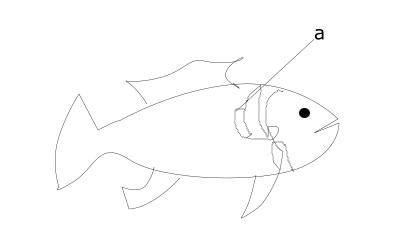The website has the complete lesson note for all the subjects in secondary school but this piece showcases the SS1 Biology Lesson Note on Kingdom Plantae and Kingdom Animalia. You can use the website search button to filter out the subject of interest to you.
CLICK HERE to download the complete Document: DOWNLOAD HERE
CLASSIFICATION OF LIVING THINGS:
CONTENT:
- Kingdom Plantae
- Kingdom Animalia.
Sub – Topic 1: KINGDOM PLANTAE
-They are mainly non-motile
-They are all autotrophic
(1) Division Thallophyta (Algae): e.g. pondweeds, seaweeds, diatoms
- They are nearly all aquatic
- Some are unicellular e.g. Chlamydomonas and diatoms some are filamentous e.g. spirogyra while some have flat body called a thallus e.g. seaweeds.
- The body is simple in structure. They have no true roots, stems, leaves or specialized conducting systems.
- All have chlorophyll and they photosynthesis. However, some have other pigments which mask the green colour of chlorophyll e.g. seaweeds may be brown, red, and green in colour.
(2) Division Embryophyta
(i) Bryophyta e.g. mosses and liverworts.
- The cells are differentiated into tissues.
- They lack true roots stems and leaves, but have structures resembling them e.g. a typical moss has a stalk, small leaves which are one or two cells thick and thread-like rhizoids.
- There are no specialized conducting tissues.
- They are terrestrial and most live in deep and shady places.
- They need moisture for fertilization.
- They exhibit asexual reproduction by spores in which there is alteration of generation.
(ii) Tracheophyta-(vascular plants)
(i). Pteridophyta: e.g. ferns
- Are more complex in structure than Bryophytes.
- They have proper roots, stems and leaves and a well-developed conducting system (i.e they are vascular green plants).
- They are non-flowering and non-seed producing plants.
- A large number of spores develop on the under surface of the leaves (or ponds) which are dispersed by wind.
- They need moisture for fertilization.
- Nearly all ferns are terrestrial, growing in damp and shady places. Many tropical ferns grow as epiphytes on palms and other trees.
- Most are herbs but a few are small trees.
Fern
(ii) Spermatophyta: e.g. all seed-bearing plants.
- They are multicellular, seed producing plants.
- They have true roots, stems and leaves.
- They have well developed vascular tissues.
- They reproduce sexually and do not need water for fertilization.
- They are mainly terrestrial plants.
There are two main sub-divisions namely,
(a) Sub-division Gymnospermae: All cone-bearing plants e.g. cycads, conifers and pines.
- They produce seeds in cones (naked seeds).
- They do not form flowers and fruits.
- All are woody plants and most are trees.
(b) Sub-division Angiospermae: All flowering plants.
- The seeds are produced in special structures called flowers.
- Fertilized seeds are enclosed in fruits
- They are nearly all terrestrial.
Click on the Downloadable Button to get the FULL NOTE





